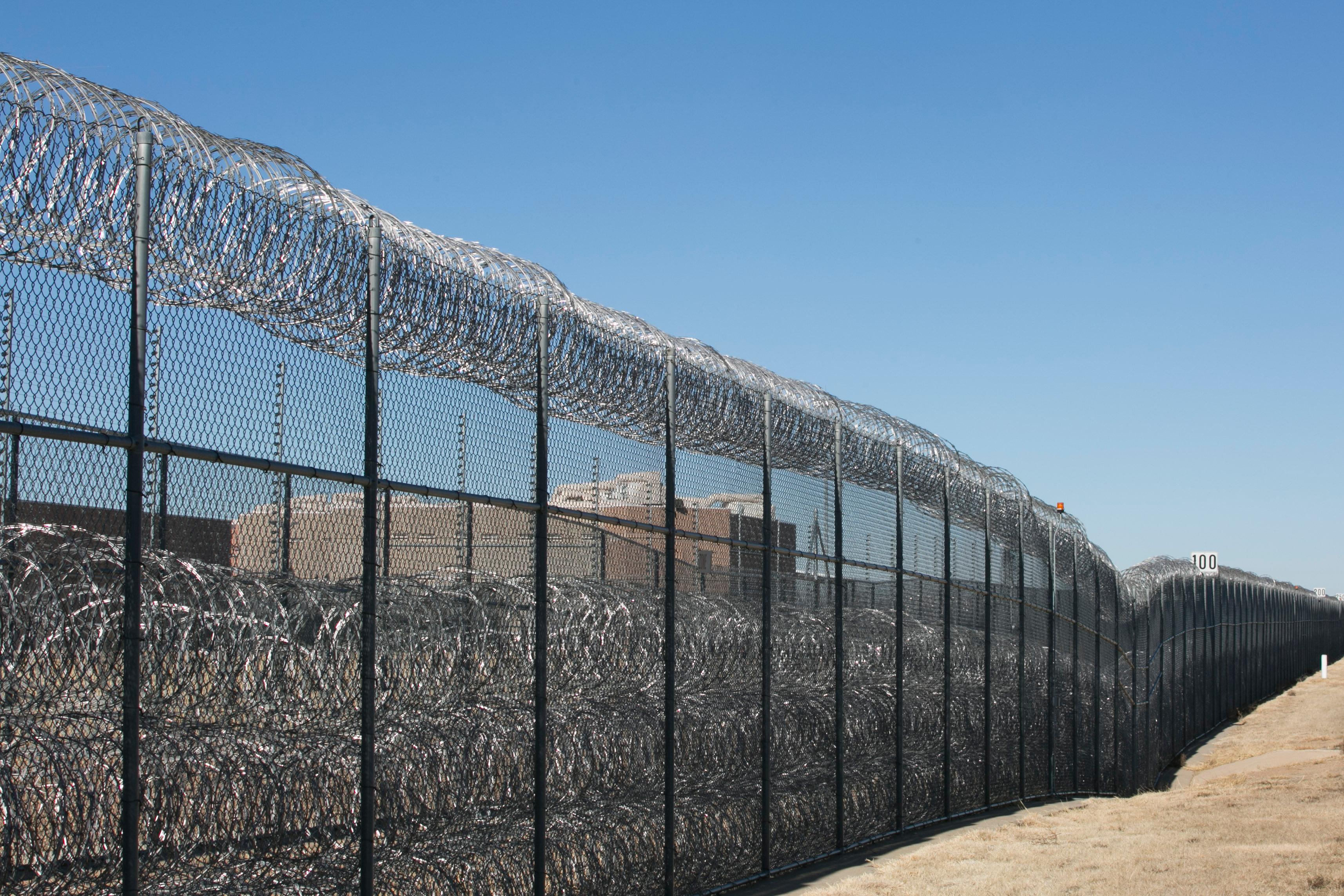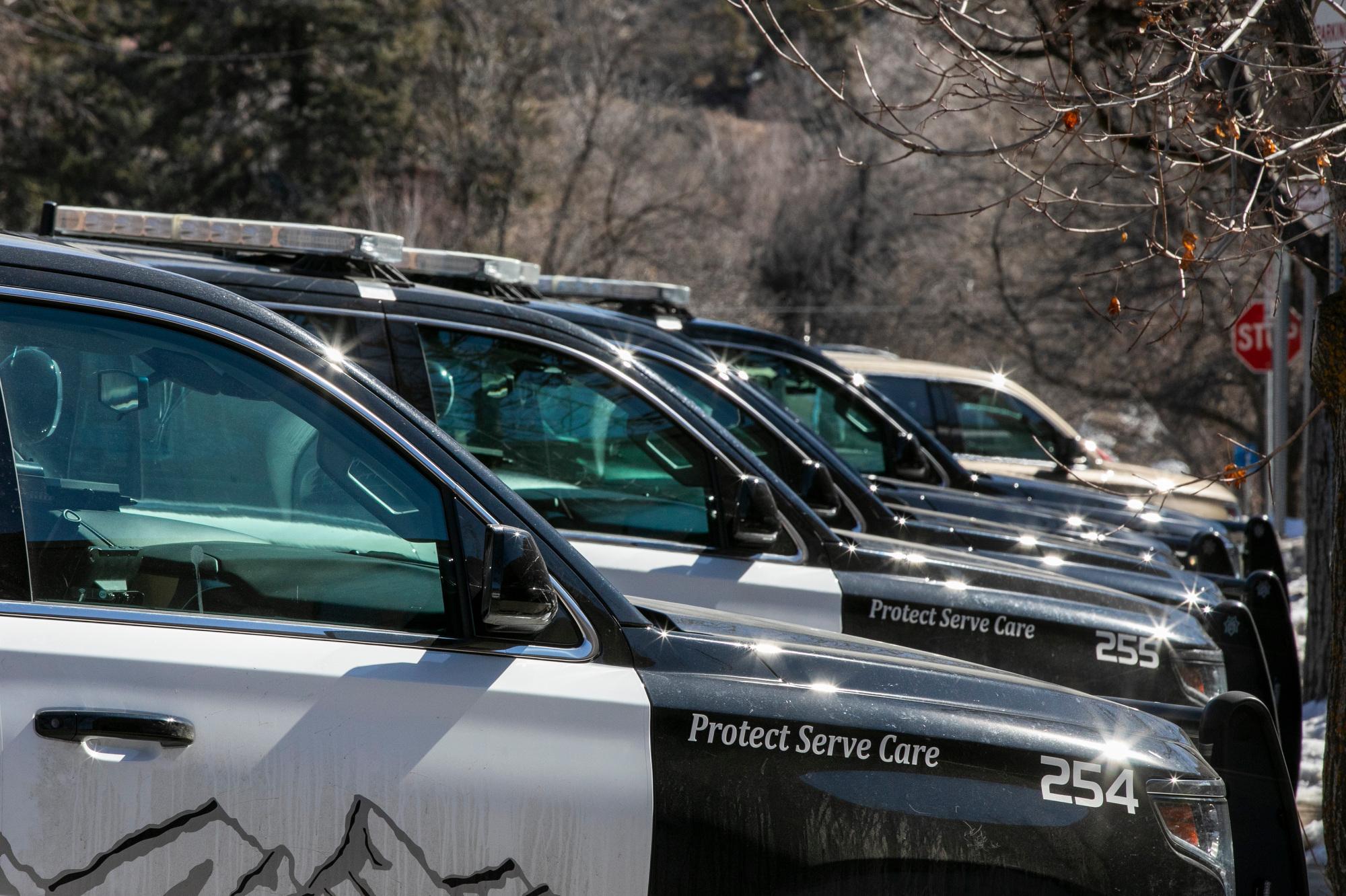

A decade ago, faced with runaway costs and a growing prison population, Colorado lawmakers pushed the state Department of Corrections to transition more offenders out of prison and into halfway homes.
Instead, the opposite happened. The state now uses community-based corrections programs even less than it did. And while its inmate population declined, prison costs continue to rise.
After years of prodding multiple administrations to reduce incarcerations and prison spending, state lawmakers this session took a tougher line with the department, holding up budget requests, passing bills aimed at accountability and setting benchmark targets for releasing more prisoners.
The escalating political pressure comes at a critical juncture for the prison system, whose officials warn lawmakers they could run out of space to hold people as soon as next year. But after prior cries of alarm proved premature last summer, lawmakers are approaching the latest projections with skepticism, and instead pushing forward with sweeping reforms aimed at forcing the department's hand.
"We can no longer give the Department of Corrections blank checks," Rep. Leslie Herod, a Denver Democrat, recently told the House. "There must be transparency and accountability."
Colorado's prison population rose steadily in the 1990s and 2000s, peaking in 2009 with about 23,200 inmates, according to state budget documents. Over the next seven years, the trend reversed, and the number of inmates fell more than 15 percent to a low of about 19,600 in 2016, even as the state added residents.
But costs went the opposite direction: The state this year budgeted $865 million — a 10 percent jump from 2009, largely driven by rising health care and personnel costs. And now that legislative and department analysts expect the state's prison population to increase again, those costs are likely to keep climbing.
The recent growth in inmates — due in part to a rise in drug convictions — sparked renewed discussions on how to control spending, aligning fiscal conservatives with criminal justice reform-minded lawmakers in both parties who want to see fewer people in jail. One way to achieve both goals is to transition more offenders to community corrections, which costs taxpayers less than half as much as keeping someone in prison.
Lawmakers tried something similar before. In 2006, the Joint Budget Committee directed the Corrections Department to aim to put roughly 11 percent of its prison population in community corrections programs. Not only did it never hit that target, but utilization of community corrections has dropped to 6.3 percent from a high of 8.9 percent.
So why will this attempt be any different?
"When we tie targets and when we tie performance to budget, I think we'll see different behavior by the department," said Republican Rep. Cole Wist of Centennial, who served with Herod in a criminal justice working group.
The department's response has been much the same as it was then. The agency "does not have direct control over who comes in or who leaves the system," spokesman Mark Fairbairn wrote in an email.
Indeed, the department is just a small part of the overall criminal justice picture. At the state level, three different entities manage prisons, community corrections and paroles. And none of them has any control over the local district attorneys who charge people with crimes in the first place.
Another vexing problem: Even as lawmakers try to get people out of prison, offenders are increasingly rejecting referrals to community-based programs.
Some stay in prison to finish up a degree. Others see fellow inmates go through the program only to wind up back in prison because they find it too difficult. Still others cite the costs of entering community corrections programs: Such facilities charge offenders $17 a day to stay there; for those who can't line up a job right away, that can add up to a daunting debt.
A state Senate panel this year rejected an attempt to convene a long-term study, but a number of reform efforts passed both chambers.
The Legislature budgeted $275,000 in next year's community corrections budget to fund the first 10 days of residency for offenders. And it passed a measure requiring the various criminal justice entities to communicate with one another — as well as lawmakers and the governor — when the prisons approach full capacity. Lawmakers hope that will push each cog in the process to release people who are eligible to leave without compromising public safety.
In the meantime, overcrowding could get worse before it gets better. District attorneys this year filed a record 47,998 felony cases, according to budget documents. A lot of it stems from a rise in drug use. Tougher laws also played a role — including one that took effect last year requiring anyone convicted of a felony DUI offense to spend time behind bars.
Rep. Pete Lee, another study group member, says any meaningful reduction in incarceration will require changing the front end of the process, before people are even put in prison.
"Unless you subscribe to the theory that the United States and Coloradans are more evil than other people in the world (where incarceration rates are lower), then there's something fundamentally wrong with our system of criminal justice," the Colorado Springs Democrat said.








